Home>Home Maintenance>What Type Of Drainage Should You Always Consider When Applying Exterior Materials To A House?
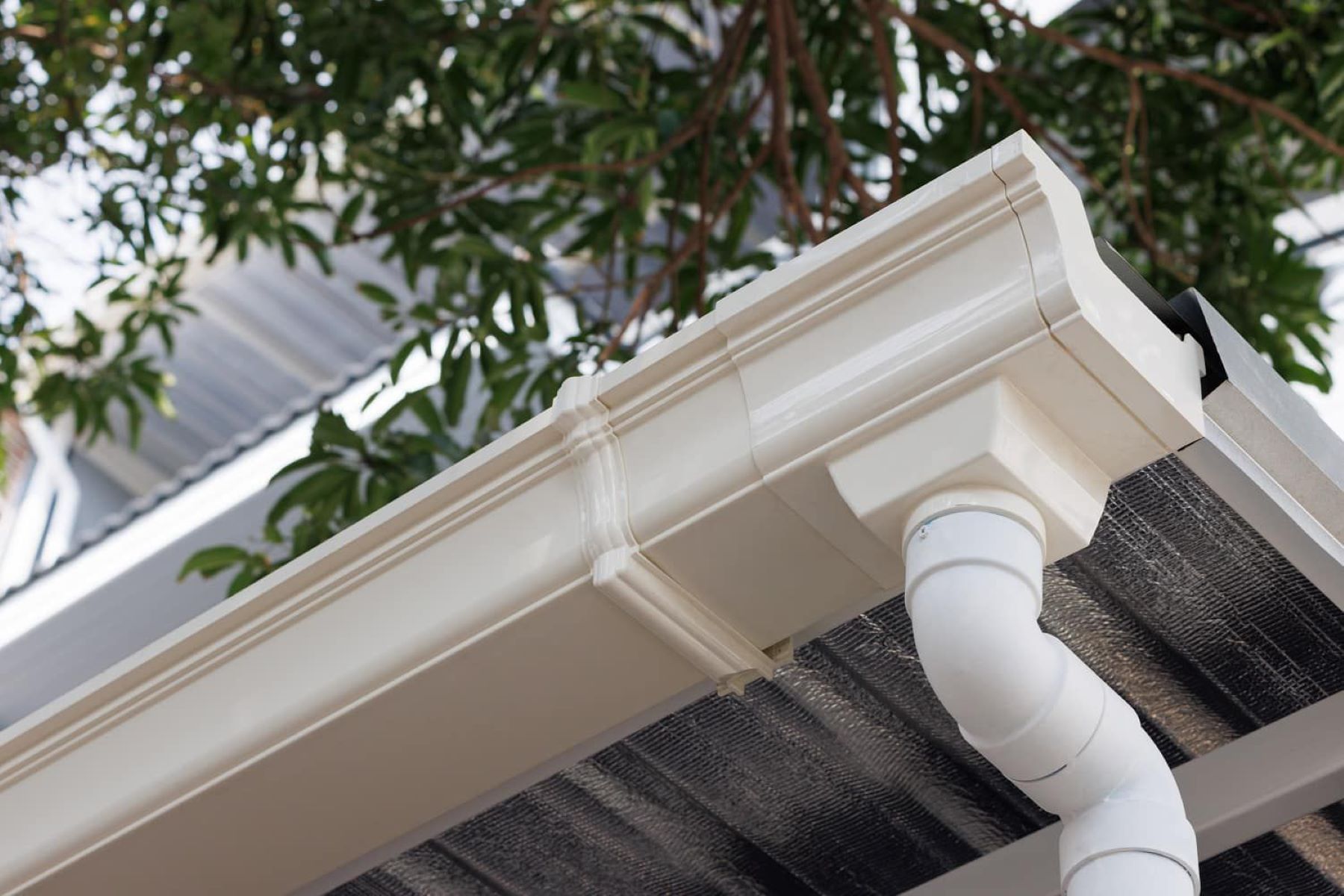

Home Maintenance
What Type Of Drainage Should You Always Consider When Applying Exterior Materials To A House?
Modified: March 7, 2024
Looking for home maintenance tips? Discover the essential drainage considerations to keep in mind when applying exterior materials to your house for long-lasting protection.
(Many of the links in this article redirect to a specific reviewed product. Your purchase of these products through affiliate links helps to generate commission for Storables.com, at no extra cost. Learn more)
Introduction
When it comes to maintaining the exterior of your house, one crucial aspect that should never be overlooked is proper drainage. Having an effective drainage system in place is essential for preventing water damage and preserving the integrity of the exterior materials.
Water can be extremely damaging to a house, causing issues such as foundation damage, mold growth, and rot. Without adequate drainage, water can accumulate around the foundation, seep into the walls, and cause significant structural damage over time. Furthermore, excessive moisture can also lead to the deterioration of exterior materials such as wood, siding, and masonry.
To ensure the longevity of your home and prevent costly repairs, it is crucial to consider the type of drainage system that best suits your property. There are several factors you need to take into account before choosing the right drainage system, including the climate and rainfall patterns in your area, the surrounding landscape, soil type, and the slope and grade of your property.
In this article, we will explore the different types of drainage systems that are commonly used for exterior materials. Understanding their functions, installation processes, and pros and cons will help you make an informed decision and protect your home from potential water damage.
So, whether you are planning to install new siding, repaint the exterior, or renovate your home, it is crucial to incorporate a proper drainage system to ensure the long-term durability and aesthetic appeal of your house. Join us as we delve into the world of drainage systems and discover the best options for your home.
Key Takeaways:
- Proper drainage is crucial for preventing water damage and preserving the integrity of a home’s exterior materials. Factors such as climate, landscape, and soil type should be considered when choosing the right drainage system.
- French drains, surface drains, gutters and downspouts, and grading and slope techniques are effective drainage systems for managing water around a home’s exterior. Each system has its own benefits and considerations, and the right combination can ensure comprehensive water management.
Read more: Drainage Considerations When Buying A House
Importance of Proper Drainage
One of the key reasons why proper drainage is essential for the exterior of your house is to prevent water damage. Water, if not properly directed away from the foundation and exterior walls, can wreak havoc on your home’s structural integrity. It can seep into the foundation, causing cracks and weakening the overall stability of the structure. Additionally, water can find its way into the walls, leading to mold growth and potential health hazards for the occupants.
Preserving the integrity of exterior materials is another critical aspect of having an effective drainage system. Materials such as wood, siding, stucco, and masonry are vulnerable to damage from excess moisture. When water is not adequately drained, it can penetrate these materials, causing them to warp, rot, or deteriorate. This not only compromises the appearance of your home but also reduces its overall value.
By implementing proper drainage, you can safeguard your house from these detrimental effects of water damage. It helps to redirect water away from the foundation, preventing it from pooling or seeping into the walls. This, in turn, helps to maintain the stability and structural integrity of the building.
Furthermore, proper drainage protects the exterior materials from excessive moisture. By effectively managing water runoff, you can prevent the formation of stagnant pools or areas where water collects. This reduces the risk of rot, mold, and other water-related issues that can compromise the durability and aesthetics of your home.
In addition to these direct benefits, a well-designed drainage system can also help to prevent erosion in your yard. When water is not properly channeled, it can wash away soil and create uneven ground surfaces. This can negatively impact the stability of your property and lead to further drainage problems.
Overall, investing in a proper drainage system is a proactive measure that not only prevents water damage but also helps to preserve the lifespan of your home’s exterior materials. It ensures that your house remains structurally sound, visually appealing, and maintains its value over time. In the following sections, we will explore different types of drainage systems that you can consider for your property.
Factors to Consider Before Choosing Drainage Systems
Before selecting a specific drainage system for your home, it is important to consider several factors that can influence its effectiveness. Taking these factors into account will help you choose the right system that caters to the unique needs of your property.
The first factor to consider is the climate and rainfall patterns in your area. Different regions experience varying amounts of rainfall throughout the year. If you live in an area with heavy rainfall or frequent storms, you will need a drainage system that can handle large volumes of water effectively. On the other hand, if your area receives minimal rainfall, a simpler drainage system may suffice. Understanding your climate and rainfall patterns will assist you in determining the capacity and design of the drainage system you need.
The surrounding landscape and soil type also play a significant role in determining the best drainage solution for your home. If your property is located in an area with naturally well-drained soil, you may have more flexibility in choosing a drainage system. However, if the soil is heavy clay or has poor drainage properties, you will need a drainage system that can compensate for this and redirect water away from your home effectively. Additionally, the slope of your property can affect drainage. If your property has a steep slope, water may run off quickly, requiring a drainage system that can handle fast water flow.
The slope and grade of your property are crucial considerations to ensure proper drainage. Ideally, the ground should be graded away from your house to allow water to flow away naturally. If the slope of your property is insufficient or slopes towards your house, water may accumulate near the foundation, increasing the risk of water damage. In such cases, a drainage system that can redirect water away from the house becomes vital.
By considering these factors, you can determine the specific requirements of your property and select a drainage system that meets your needs. Whether it’s a high-capacity system for heavy rainfall areas or a more basic system for areas with low rainfall, understanding these factors will help you make an informed decision. In the following sections, we will explore different types of drainage systems commonly used for exterior materials.
Types of Drainage Systems for Exterior Materials
When it comes to effectively draining water away from your home’s exterior, there are several drainage systems to consider. Each system has its own unique benefits and is suited for different scenarios. Let’s explore the most common types of drainage systems for exterior materials:
1. French Drains: A French drain is a popular choice for managing water around the foundation of a house. It consists of a trench filled with gravel or rock, which is then covered with a perforated pipe. The purpose of a French drain is to collect and channel water away from the foundation, preventing it from pooling or causing damage. The perforated pipe allows water to flow into the drain and directs it away from the house.
2. Surface Drains: Surface drains are designed to collect excess water from the surface of your property and direct it to a designated runoff area. These drains typically consist of a shallow basin with a grate that sits level with the ground. When water accumulates on the surface, it flows into the basin through the grate and is then carried away through an underground pipe system. Surface drains are particularly useful for managing water pooling on flat or low-lying areas of your property.
3. Gutters and Downspouts: Gutters and downspouts are essential for managing water runoff from your roof. They collect rainwater as it cascades down the roof and direct it away from the house. Gutters are typically installed along the edges of the roof, while downspouts carry the water down and away from the foundation. By channeling water away from the house, gutters and downspouts help prevent water from seeping into the walls or collecting near the foundation.
4. Grading and Slope Techniques: Proper grading and slope techniques can significantly impact the effectiveness of your drainage system. Grading refers to the shaping of the landscape to create a slope that directs water away from the house. By ensuring that the ground slopes away from the foundation, water naturally flows away, reducing the risk of water damage. Additionally, techniques such as contouring the land or creating swales can further enhance water flow and redirect it to appropriate drainage areas.
These drainage systems can be used individually or in combination to create a comprehensive and effective drainage plan for your home. Consulting with a professional or experienced contractor can help you determine the most suitable options for your specific property and ensure the proper installation of the chosen drainage system.
In the next sections, we will explore each type of drainage system in more detail, including their functions, installation processes, and pros and cons.
French Drains
French drains are a commonly used drainage system for managing water around the foundation of a house. They are designed to collect excess water and redirect it away from the building, preventing water damage and protecting the integrity of exterior materials. Let’s take a closer look at the definition, function, installation process, and pros and cons of French drains.
Definition and Function:
A French drain is essentially a trench filled with gravel or rock and a perforated pipe. The purpose of the drain is to collect water that accumulates near the foundation and redirect it away from the house. The perforated pipe allows water to enter the drain and is responsible for carrying it to an appropriate drainage outlet, such as a storm sewer or a designated runoff area. French drains can effectively manage groundwater, surface water, and even excess water from heavy rainfall.
Installation Process:
The installation process for French drains typically involves the following steps:
1. Excavation: A trench is dug around the perimeter of the house, typically about 1 to 2 feet deep and wide enough to accommodate the gravel and the perforated pipe.
2. Perforated Pipe Placement: The perforated pipe, wrapped in a permeable fabric to prevent clogging, is laid in the trench at the bottom. This pipe should be sloped away from the house to ensure proper drainage.
3. Gravel or Rock Bed: Once the pipe is in place, a layer of gravel or small rocks is added to the trench, covering the pipe. This layer serves as a filter to prevent debris from entering the pipe and allows water to flow freely.
4. Backfilling: The trench is then filled with soil, ensuring proper compaction as the soil is added. The soil is graded away from the house to encourage water flow.
5. Surface Restoration: Finally, the area is restored by replacing any removed grass, plants, or landscaping elements.
It is important to note that the installation process may vary depending on the specific needs of your property and the advice of a professional contractor.
Pros and Cons:
Here are some pros and cons to consider when it comes to French drains:
Pros:
– Effectively channel water away from the foundation, reducing the risk of water damage.
– Can be installed in various types of landscapes and soil conditions.
– Can handle large volumes of water, making them suitable for areas with heavy rainfall.
– Relatively low maintenance, with occasional inspection and cleaning of the drain being sufficient.
Cons:
– Requires professional installation to ensure proper functionality.
– May be relatively expensive compared to other drainage systems.
– Requires regular inspection to ensure that the drain remains clear and free of debris.
French drains are an excellent option for managing water around the foundation, especially in properties prone to drainage issues. Their effectiveness in redirecting water away from the house makes them a popular choice for maintaining the integrity of the exterior materials and protecting your home from water damage.
In the following sections, we will explore other types of drainage systems commonly used for exterior materials, including surface drains, gutters and downspouts, and grading and slope techniques.
Always consider installing proper drainage systems, such as gutters and downspouts, when applying exterior materials to a house. This will help prevent water damage and prolong the life of the materials.
Read more: When Should Fertilizer Be Applied To Lawns
Surface Drains
Surface drains are a type of drainage system designed to collect excess water from the surface of your property and direct it to a designated runoff area. They are particularly useful for managing water pooling on flat or low-lying areas and ensuring effective drainage. Let’s explore the definition, function, installation process, as well as the pros and cons of surface drains.
Definition and Function:
A surface drain is typically comprised of a shallow basin with a grate or cover that sits level with the ground. When water accumulates on the surface, it flows into the basin through the grate, which acts as an entry point. The collected water is then carried away through an underground pipe system, diverting it to a desired drainage outlet, such as a storm sewer or a designated runoff area.
The primary function of surface drains is to prevent water from pooling on the ground surface. By capturing and redirecting excess water, they help to prevent water damage, soil erosion, and eliminate potential hazards caused by standing water.
Installation Process:
The installation process of surface drains typically involves the following steps:
1. Determining the Drainage Area: Assess the area where water accumulates the most and identify the location for installing surface drains. Consider factors such as the slope of the land, proximity to the source of water, and the desired drainage outlet.
2. Excavation and Basin Placement: Dig a hole to accommodate the depth and size of the basin. Ensure that the basin is level with the ground surface. Place the basin in the hole, making sure the grate or cover is flush with the surrounding surface.
3. Connecting the Pipe: Connect a sturdy, solid pipe to the outlet of the basin. The pipe should slope gradually downhill to facilitate proper water flow. If required, connect additional pipes to divert water to the desired drainage outlet.
4. Backfilling and Grading: Fill the excavated area around the basin with gravel or rocks to provide stability and proper drainage. Backfill the rest of the area with soil, ensuring proper compaction. Grade the surrounding ground to direct water towards the basin.
5. Surface Restoration: Finally, restore the area by replacing any removed grass, plants, or landscaping elements.
Pros and Cons:
Here are some pros and cons to consider when it comes to surface drains:
Pros:
– Effectively collect and remove water from the surface, preventing water pooling and potential damage.
– Versatile and can be installed in various locations, including driveways, patios, and lawns.
– Relatively easy to install, especially in areas where the water source is visibly evident.
– Can be combined with other drainage systems for a comprehensive solution.
Cons:
– May require periodic maintenance to clean the grate and prevent debris from clogging the drain.
– Dependence on gravity for proper water flow, so the slope of the land needs to be considered during installation.
– May not be suitable for areas with heavy clay or slow-draining soil as it may impede the effectiveness of water drainage.
Surface drains are an efficient solution for managing surface water on your property. By collecting and redirecting excess water, they help to prevent water damage, maintain the integrity of exterior materials, and ensure a safe and functional outdoor space.
In the following sections, we will explore other types of drainage systems commonly used for exterior materials, including gutters and downspouts, grading and slope techniques, as well as the benefits and considerations associated with them.
Gutters and Downspouts
Gutters and downspouts are an integral part of any drainage system for managing water runoff from the roof of your house. They play a crucial role in collecting rainwater and directing it away from the foundation, preventing water damage and preserving the integrity of your home’s exterior materials. Let’s delve into the definition, function, installation process, as well as the pros and cons of gutters and downspouts.
Definition and Function:
Gutters are channels or troughs that are mounted along the edges of the roof. They collect rainfall as it flows down the roof surface and channel it to downspouts. Downspouts, which are vertical pipes connected to the gutters, carry the water down and away from the house. Their primary function is to efficiently channel rainwater away from the foundation, preventing it from seeping into the walls or collecting near the base of the building.
Gutters and downspouts are designed to manage large volumes of water during rainfall events. By directing the water away from the house, they help to ensure that the exterior materials, such as siding, windows, and doors, remain protected from the damaging effects of water infiltration.
Installation Process:
The installation process of gutters and downspouts generally involves the following steps:
1. Measurement and Planning: Measure the length of each roof edge that requires gutters. Determine the positioning and number of downspouts based on the roof’s design and the desired drainage route.
2. Gutter Installation: Install the gutters along the roof edges, ensuring a slight slope towards the downspouts. Secure the gutters using brackets or hangers that are specifically designed for your gutter type and roof material.
3. Downspout Placement: Mount the downspouts at designated locations, often at the corners or intervals along the gutters. Connect them to the gutters securely to ensure a tight seal.
4. Diverting Water Away: Direct the downspouts away from the foundation by using downspout extensions or elbows. Ensure that the water is directed to suitable drainage areas, such as storm sewers or drainage ditches.
5. Maintenance: Regularly inspect the gutters and downspouts for debris, such as leaves and twigs, and clear them out when necessary. Also, inspect for any leaks or damage that may require repairs.
Pros and Cons:
Here are some pros and cons to consider when it comes to gutters and downspouts:
Pros:
– Effectively collect rainwater and direct it away from the foundation, preventing water damage.
– Protect the exterior materials of the house, such as siding and windows, from water infiltration.
– Help to prevent erosion and soil displacement around the foundation.
– Available in a variety of materials and styles to suit the aesthetics and functional requirements of different homes.
Cons:
– Requires regular maintenance to ensure that the gutters and downspouts remain clear of debris and in good working condition.
– Improper installation or clogged gutters can lead to water overflow and potential damage.
– In areas with heavy snowfall, there is a risk of ice dams forming in the gutters, which can cause water backup and subsequent damage.
Gutters and downspouts are a crucial part of any effective drainage system. By collecting and directing water runoff, they help to prevent water damage, protect the integrity of your home’s exterior materials, and maintain its overall value.
In the following sections, we will explore other types of drainage systems commonly used for exterior materials, such as grading and slope techniques, and delve into their benefits and considerations.
Grading and Slope Techniques
Grading and slope techniques are vital components of a comprehensive drainage system for managing water around your home’s exterior. They involve shaping the landscape to create a slope that directs water away from the house, ensuring effective drainage and preventing water damage. Let’s explore the importance of proper grading and slope, techniques for achieving effective drainage, as well as the pros and cons of these techniques.
Importance of Proper Grading and Slope:
Proper grading and slope are fundamental for effective water drainage. The primary goal is to ensure that the ground surface is inclined away from the foundation, guiding water naturally and efficiently away from the house. Without proper grading and slope, water can accumulate near the foundation, leading to issues such as water infiltration, foundation damage, and basement flooding.
By implementing proper grading and slope techniques, you can:
1. Prevent Water Damage: Proper grading and slope ensure that water is directed away from the foundation, minimizing the risk of water damage to the structure and interior spaces of your home. It helps to protect exterior materials, prevent soil erosion, and reduce the potential for water-related issues such as mold and mildew growth.
2. Maintain Structural Integrity: Excessive water accumulation or pooling near the foundation can compromise its stability and integrity. By directing water away from the house, grading and slope techniques help to maintain the strength and durability of the foundation, ultimately prolonging the lifespan of your home.
3. Improve Landscaping and Curb Appeal: Properly graded and sloped landscapes contribute to a visually pleasing outdoor environment. By preventing water from stagnant pooling, you can preserve the health and beauty of your lawn, gardens, and other landscaping elements.
Techniques for Achieving Effective Drainage:
There are several techniques you can employ to achieve effective drainage through grading and slope:
1. Contouring the Land: Contouring involves shaping the land to create gentle slopes and swales that direct water flow away from the house. By strategically altering the elevation of the ground, you can guide water to designated drainage areas, such as swales, drainage ditches, or storm sewers.
2. Creating Swales: Swales are shallow, elongated ditches designed to collect and redirect water. They can be positioned in a manner that encourages water runoff away from the house and towards appropriate drainage outlets. Swales can be landscaped with vegetation or covered with gravel to enhance their functionality and aesthetics.
3. Berms: Berms are mounded or raised areas of soil that redirect water flow. They can be strategically placed to create slopes away from the foundation and steer water towards desired drainage paths.
4. Rain Gardens: Rain gardens are designed to collect and absorb excess water. By creating a depression in your landscape and filling it with moisture-loving plants, you can naturally filter and disperse the water, mitigating potential drainage issues.
Pros and Cons:
Here are some pros and cons to consider when it comes to grading and slope techniques:
Pros:
– Effective and natural way to manage water drainage.
– Helps prevent moisture-related damage to the foundation and exterior materials.
– Can enhance the overall aesthetics and functionality of your landscaping.
– Provides long-term drainage solutions with minimal maintenance requirements.
Cons:
– Requires careful planning and implementation to ensure proper slope and grading.
– May require earth-moving equipment and professional expertise, particularly for complex landscaping projects.
– Inadequate sloping or grading can result in water pooling or insufficient drainage.
Grading and slope techniques are essential components of a comprehensive drainage system for your home. By effectively directing water away from the foundation, you can protect your home from water damage, maintain its structural integrity, and create a visually appealing outdoor space.
In the following sections, we will wrap up our exploration of drainage systems for exterior materials and summarize the key points to consider when choosing the right drainage system for your property.
Conclusion
Proper drainage is a crucial aspect of maintaining the exterior of your house and preserving its longevity. By effectively managing water runoff, you can prevent water damage and preserve the integrity of exterior materials. Throughout this article, we have explored various factors to consider when choosing the right drainage system for your property, as well as the different types of drainage systems commonly used for exterior materials.
Factors such as climate and rainfall patterns, surrounding landscape and soil type, as well as the slope and grade of your property, play a significant role in determining the most suitable drainage system. Understanding these factors allows you to make an informed decision and implement the right drainage solution that meets the unique needs of your property.
We discussed the importance of proper drainage in preventing water damage and preserving the integrity of exterior materials. Water can be destructive, causing issues such as foundation damage, mold growth, and rot. By incorporating a proper drainage system, you can effectively redirect water away from the house and mitigate these risks.
We explored various types of drainage systems, including French drains, surface drains, gutters and downspouts, and grading and slope techniques. Each of these systems has its own benefits and considerations, and their suitability depends on factors such as water volume, terrain, and aesthetic preferences. Selecting the right combination of drainage systems can ensure comprehensive water management and protect your home from the damaging effects of excessive moisture.
French drains are particularly useful for managing water around the foundation, while surface drains are effective in collecting and redirecting surface water. Gutters and downspouts are essential for managing roof runoff and preventing water from infiltrating the walls or collecting near the foundation. Grading and slope techniques offer a natural and effective way to guide water flow away from the house and maintain proper drainage.
It is important to note that proper installation and periodic maintenance are crucial for the effectiveness of any drainage system. Regular inspections, cleaning of gutters and drains, and prompt repairs are necessary to ensure optimal performance.
In conclusion, investing in a proper drainage system is a proactive approach to protecting your home against water damage and preserving the integrity of its exterior materials. By considering the factors specific to your property and choosing the appropriate drainage solutions, you can safeguard your investment and enjoy a durable, visually appealing, and water-resistant home.
Remember, consulting with a professional contractor or seeking expert advice can provide valuable insights and ensure the proper installation of your chosen drainage system. With the right drainage system in place, you can enjoy peace of mind knowing that your home is well-protected from the potential hazards of water damage.
Read more: How To Tell What Type Of Siding You Have
References
1. HomeAdvisor. (2021). French Drains: What They Are and Benefit of French Drains. Retrieved from https://www.homeadvisor.com/r/french-drains/
2. The Spruce. (2021). Learn How a French Drain Can Help Solve Yard Drainage Problems. Retrieved from https://www.thespruce.com/french-drains-for-yard-drainage-problems-2132317
3. HomeAdvisor. (2021). Overview of Surface Drains and How They Work. Retrieved from https://www.homeadvisor.com/r/surface-drains/
4. This Old House. (2021). How to Install a Pop-Up Downspout Emitter. Retrieved from https://www.thisoldhouse.com/driveways/21018987/how-to-install-a-pop-up-downspout-emitter
5. The Spruce. (2021). Rain Gardens: How to Build and Plant One. Retrieved from https://www.thespruce.com/how-to-build-and-plant-a-rain-garden-2737089
6. Bob Vila. (2021). Grading the Yard. Retrieved from https://www.bobvila.com/articles/grading-the-yard/
7. Better Homes & Gardens. (2021). How to Improve Yard Drainage. Retrieved from https://www.bhg.com/gardening/yard/drains/how-to-improve-yard-drainage/
8. The Family Handyman. (2021). How to Install a French Drain. Retrieved from https://www.familyhandyman.com/article/how-to-install-a-french-drain/
9. This Old House. (2021). How to Install a Rain Barrel. Retrieved from https://www.thisoldhouse.com/water-conservation/21019192/how-to-install-a-rain-barrel
10. Popular Mechanics. (2020). How to Create a Dry Creek Bed. Retrieved from https://www.popularmechanics.com/home/lawn-garden/how-to/a117/how-to-build-a-dry-creek-bed-in-a-garden/
Frequently Asked Questions about What Type Of Drainage Should You Always Consider When Applying Exterior Materials To A House?
Was this page helpful?
At Storables.com, we guarantee accurate and reliable information. Our content, validated by Expert Board Contributors, is crafted following stringent Editorial Policies. We're committed to providing you with well-researched, expert-backed insights for all your informational needs.
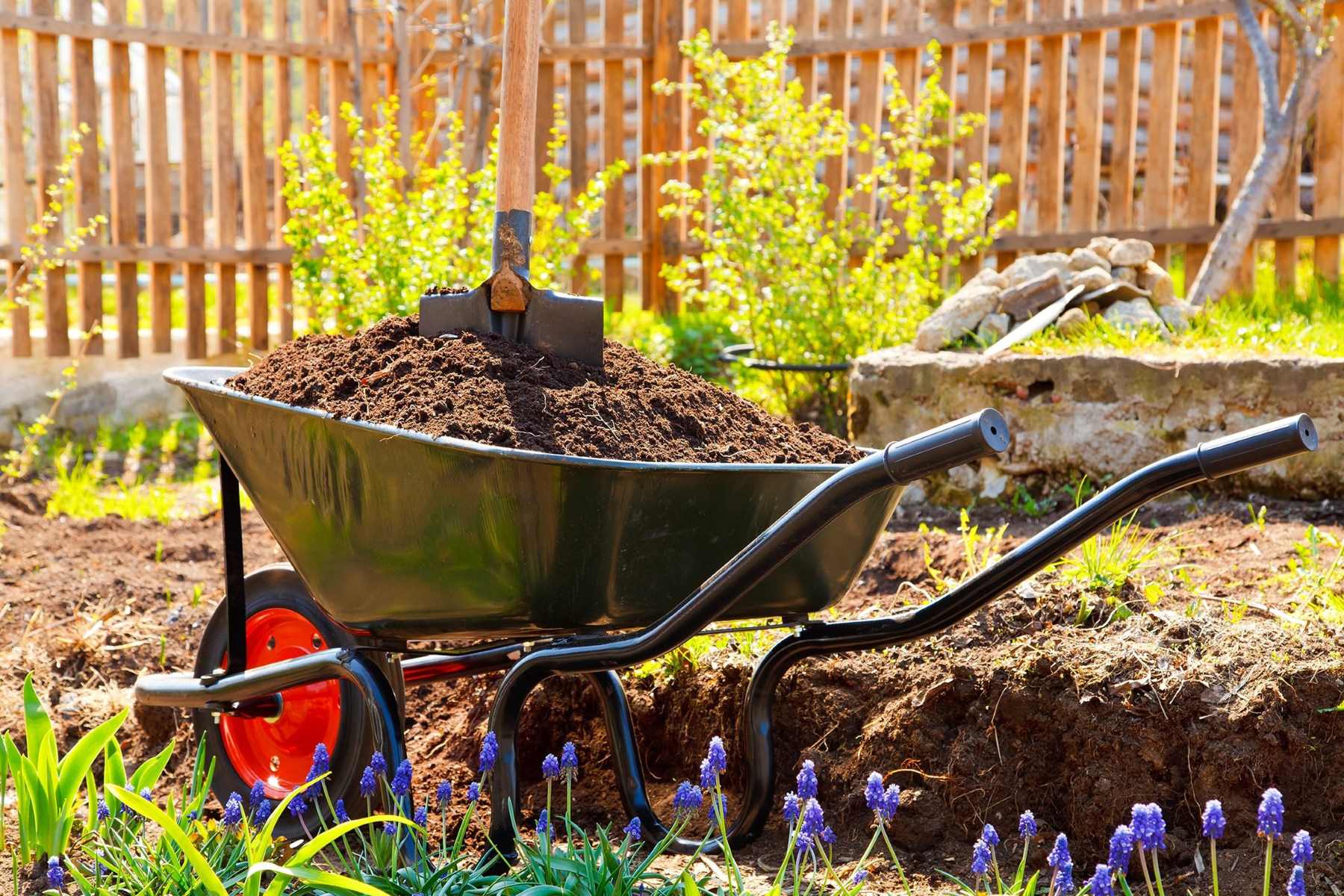
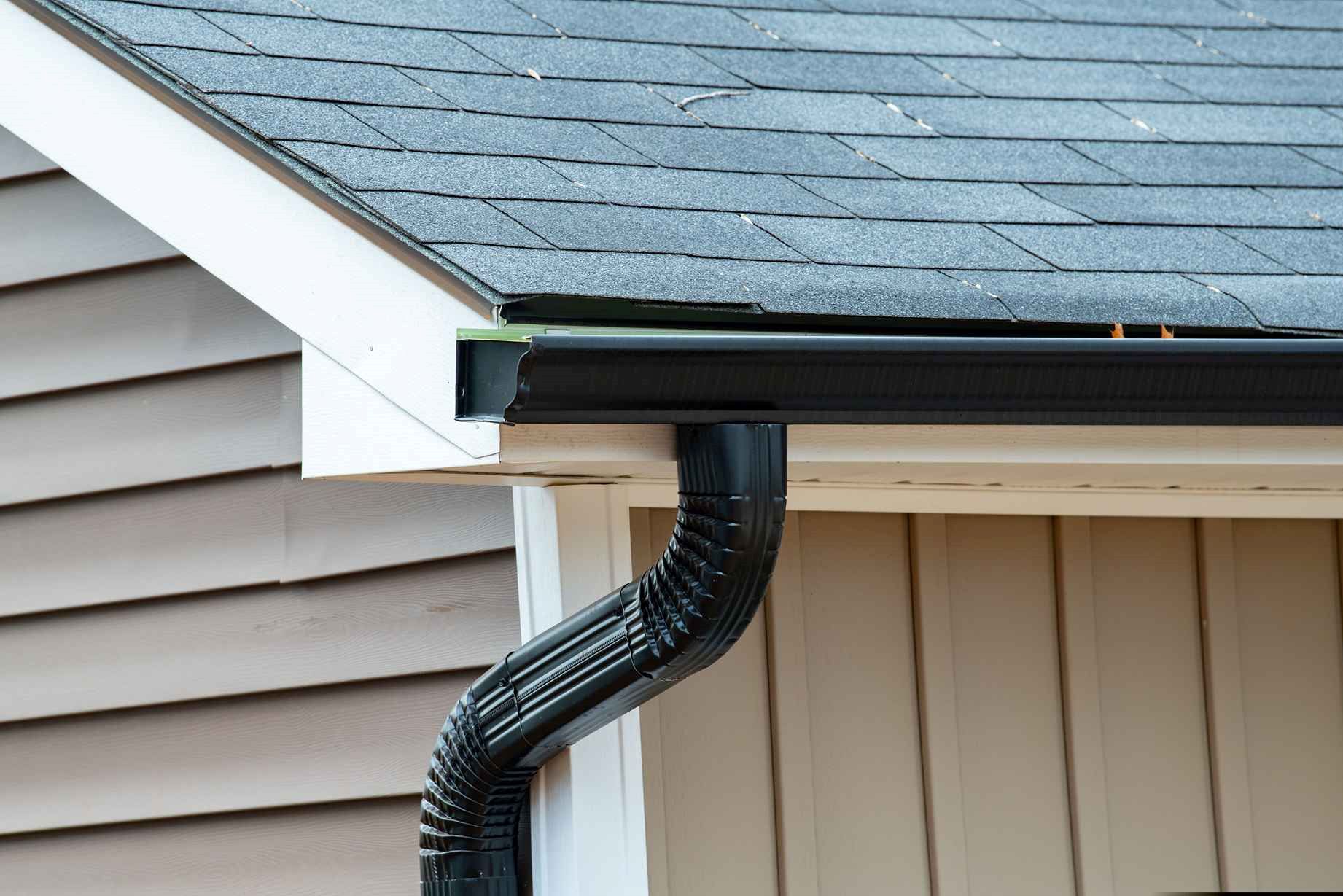
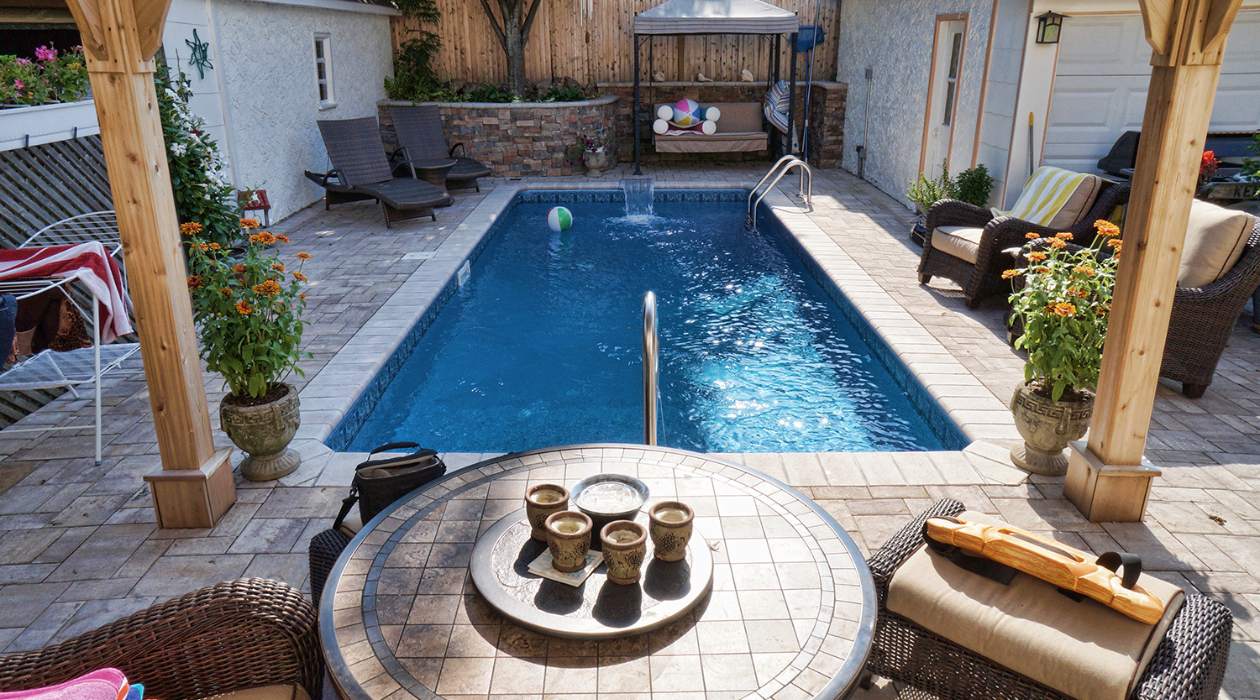
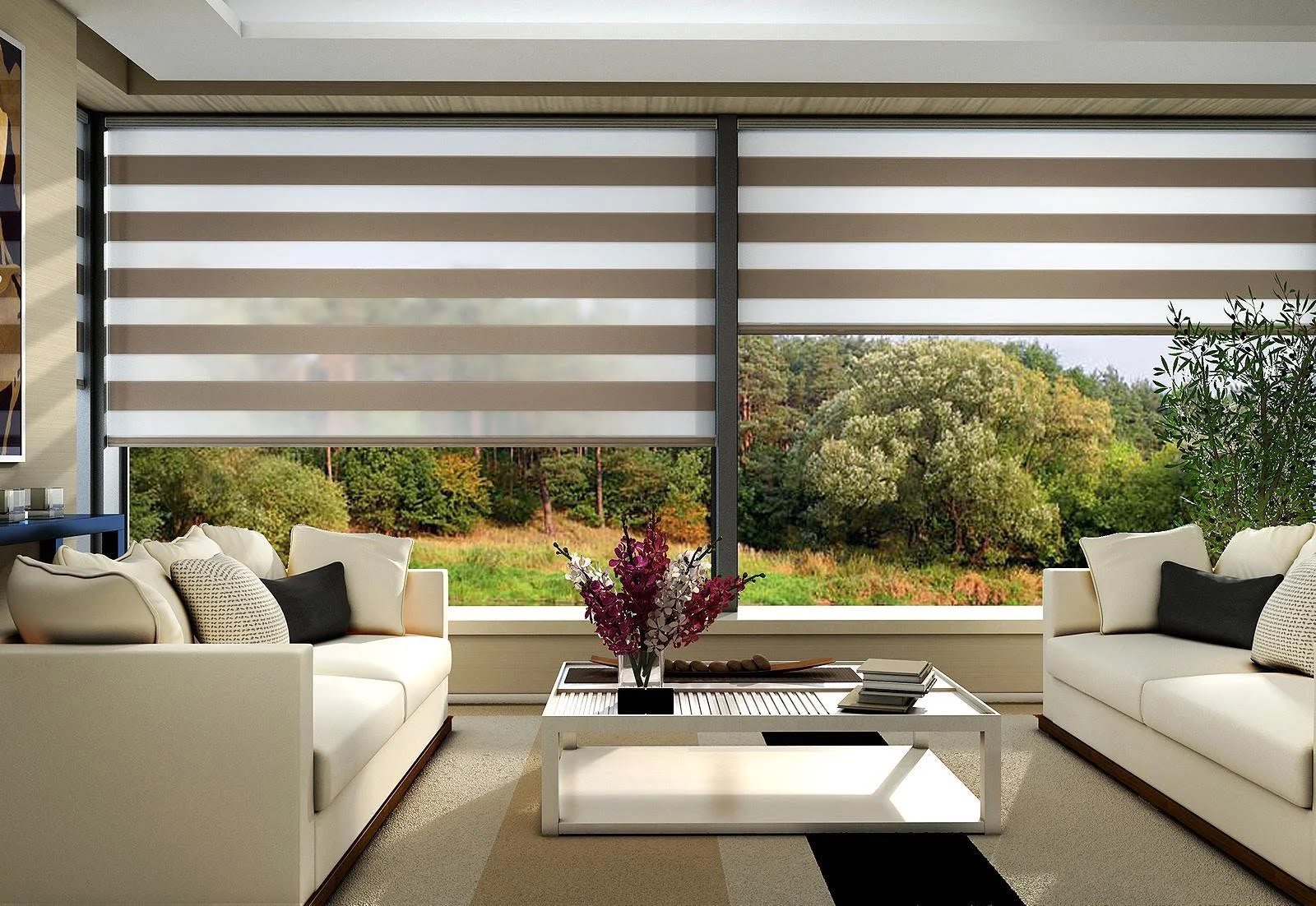
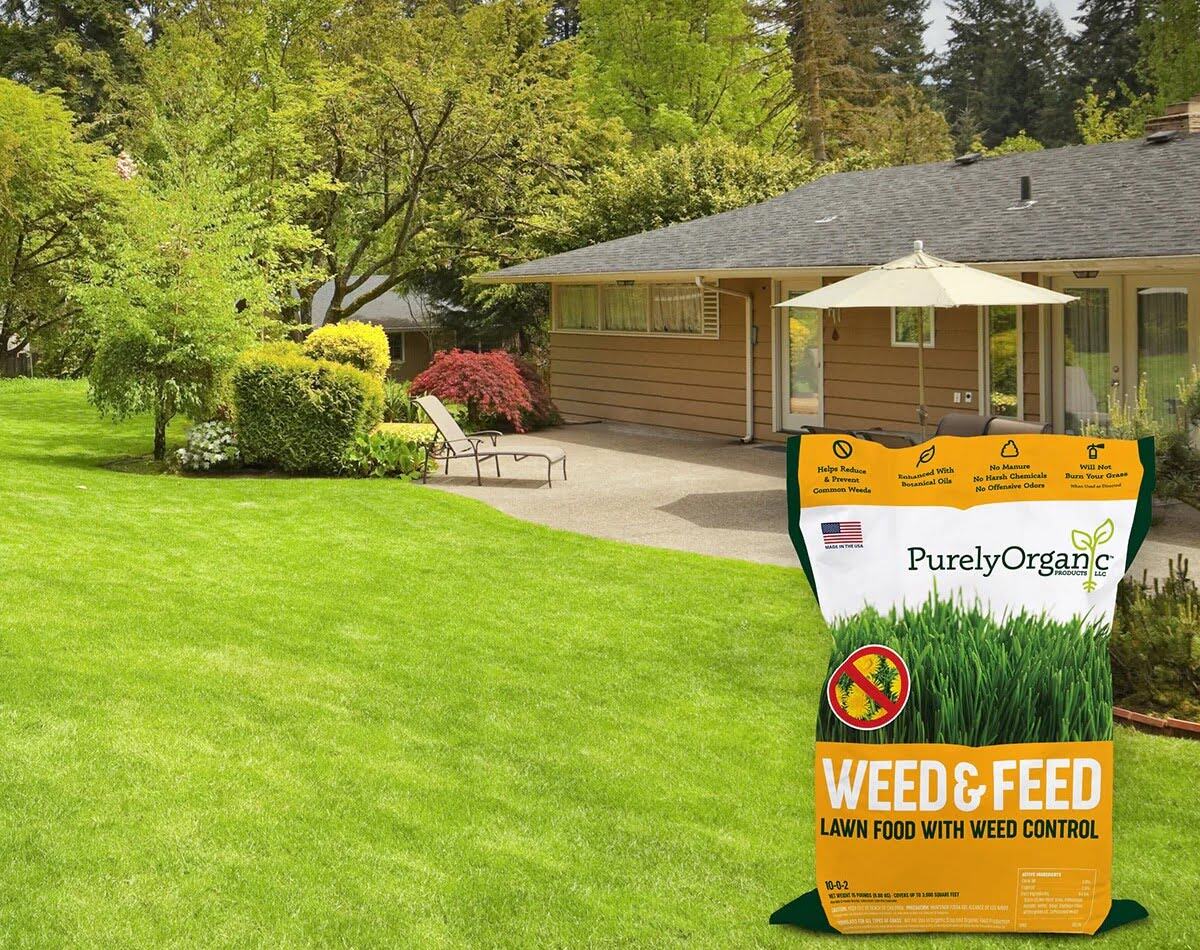
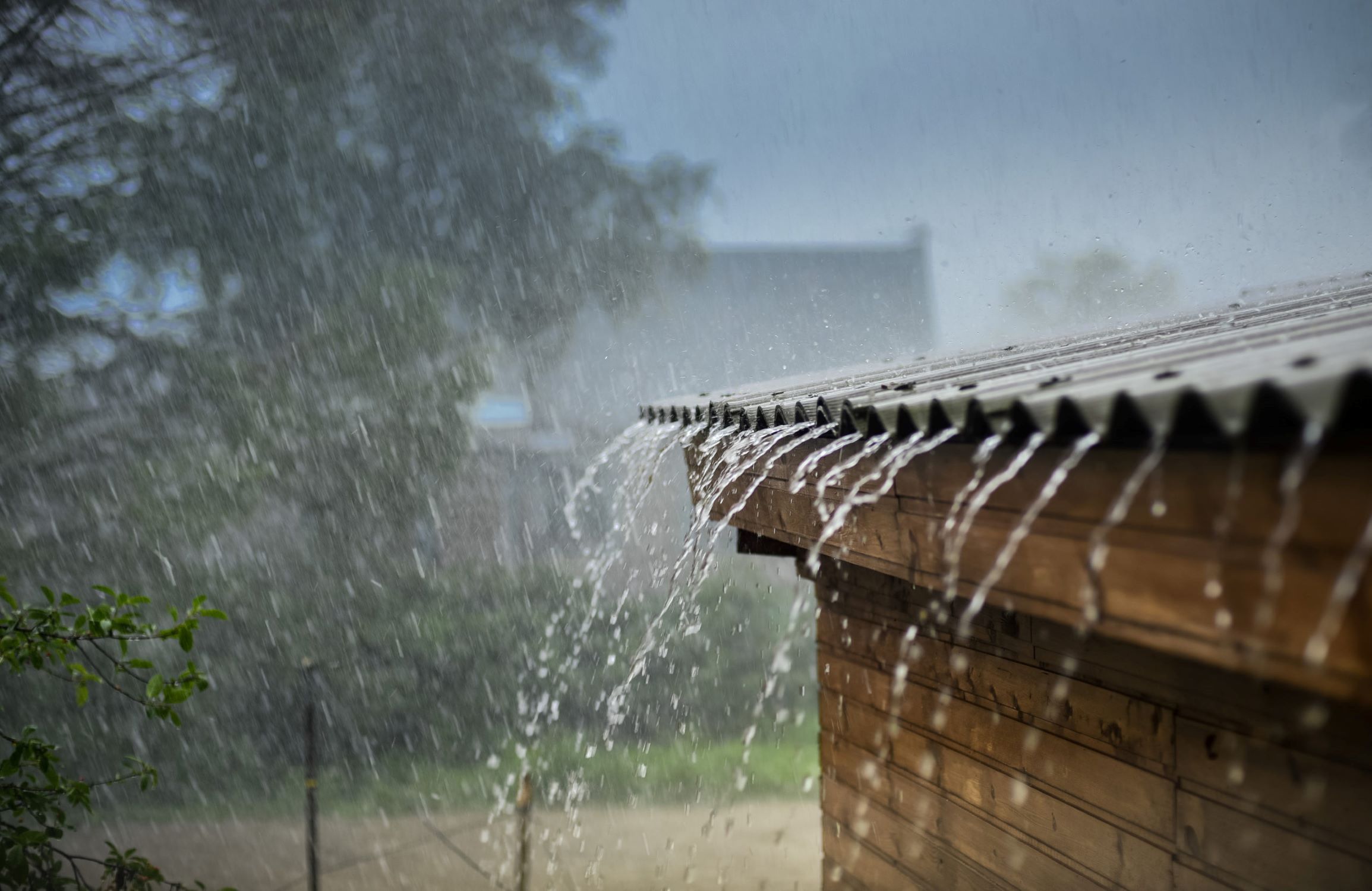
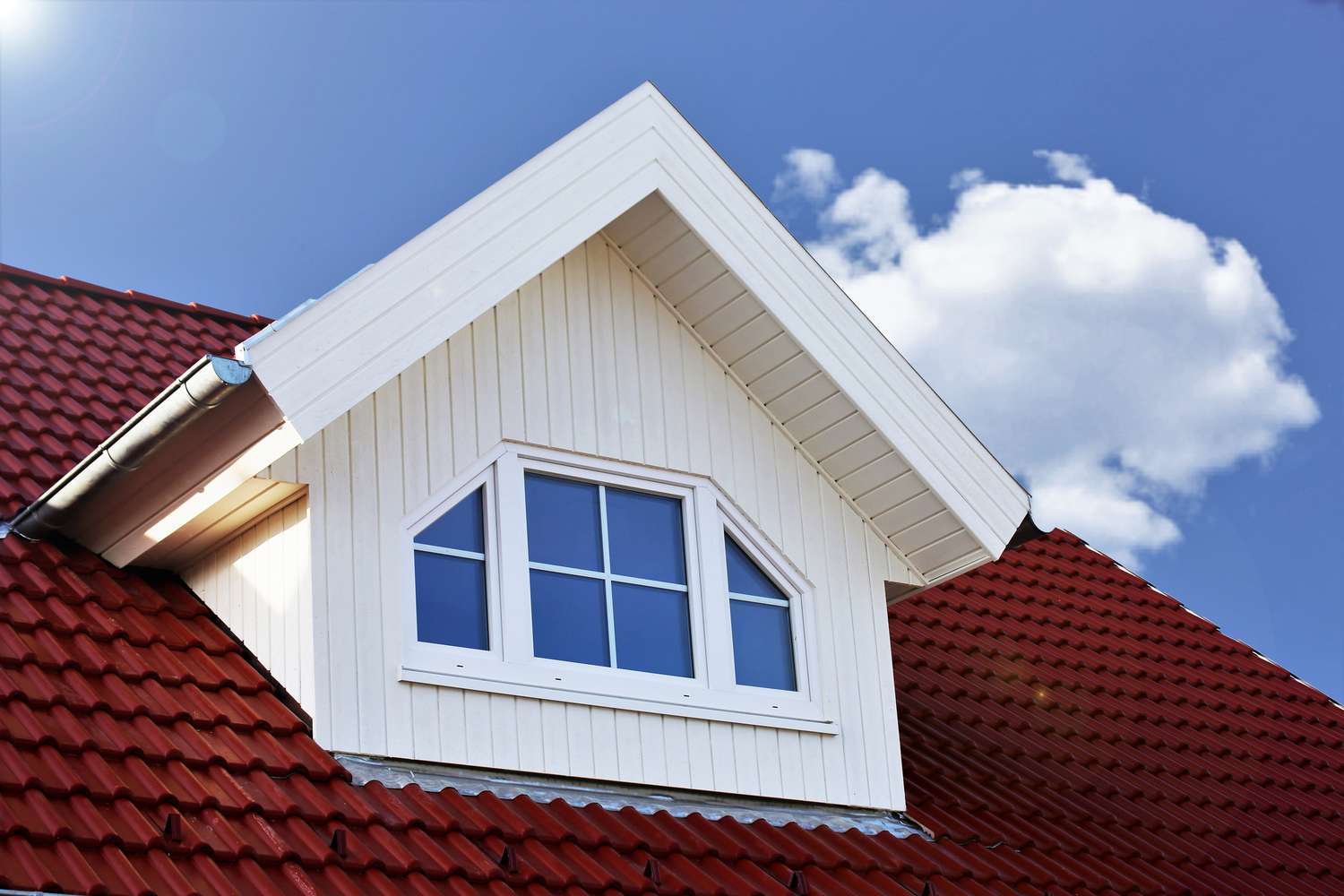
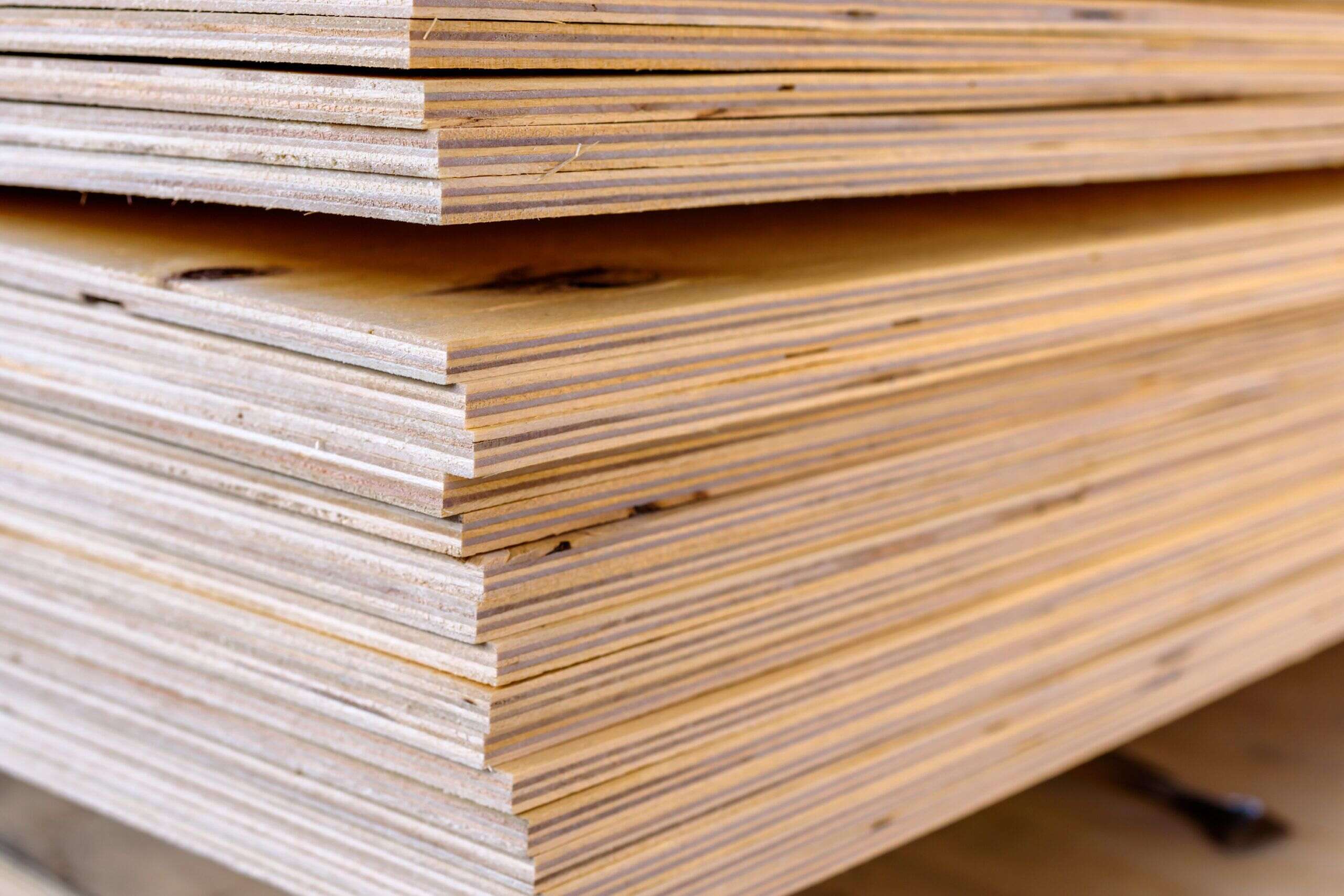
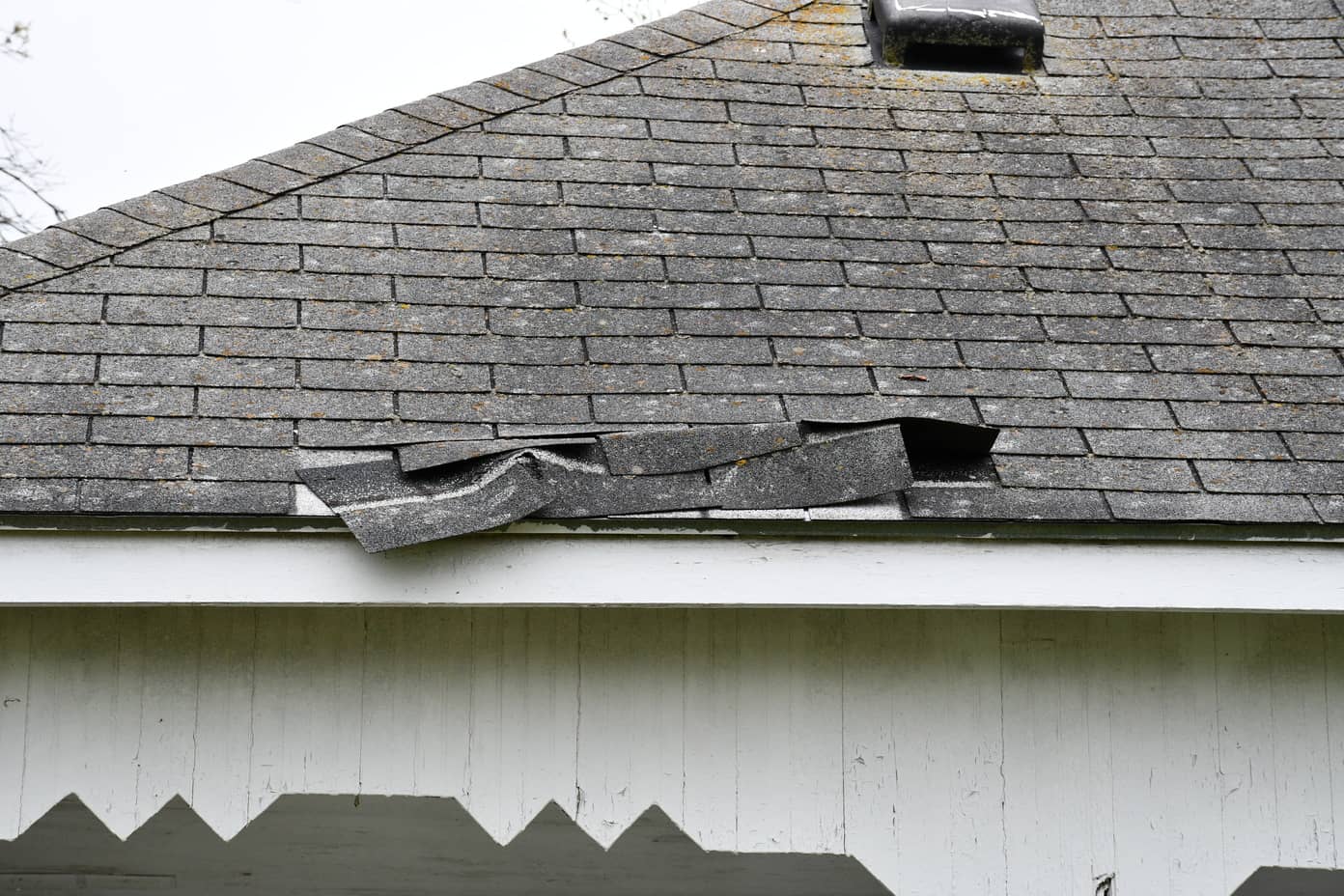
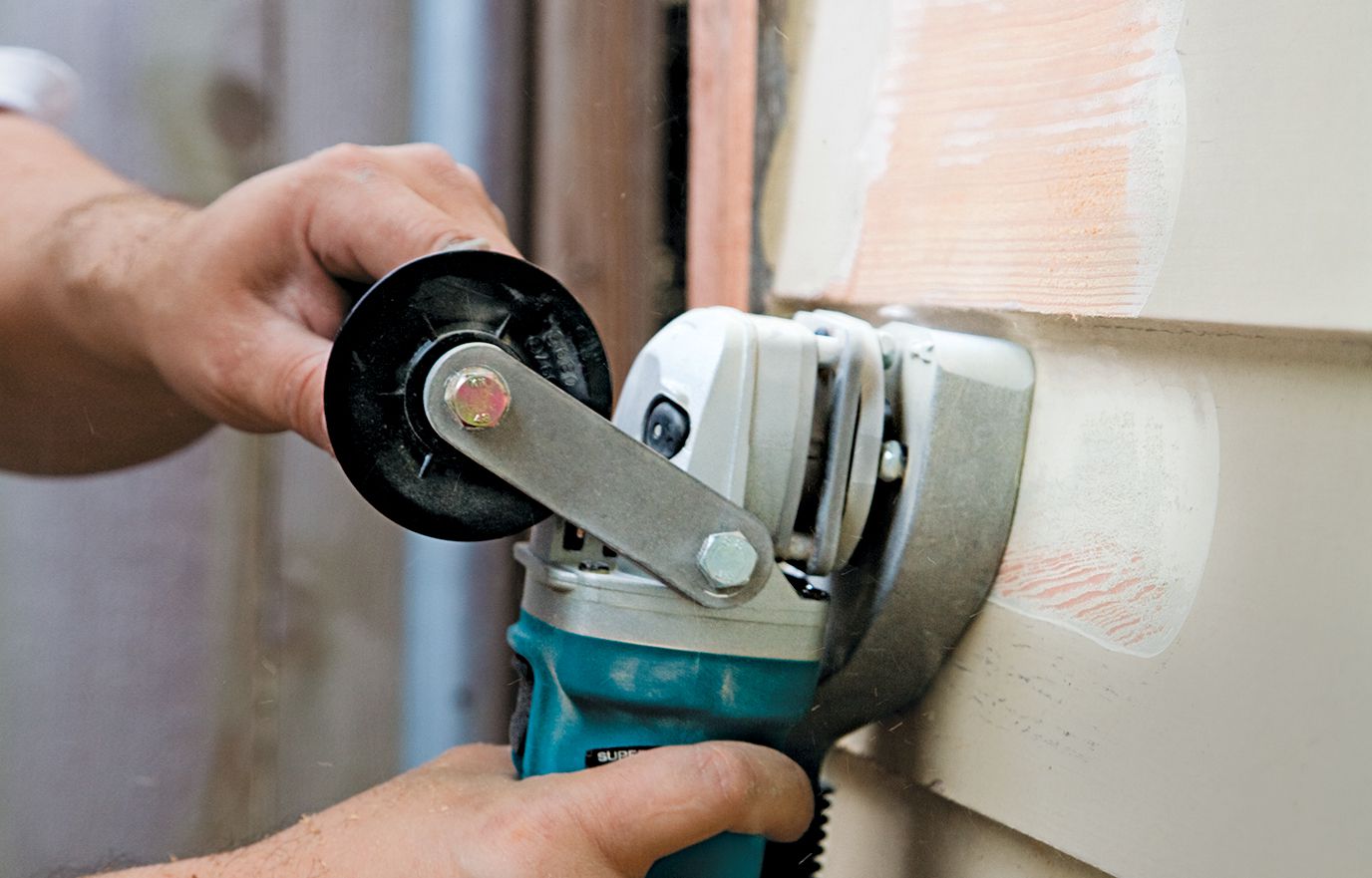
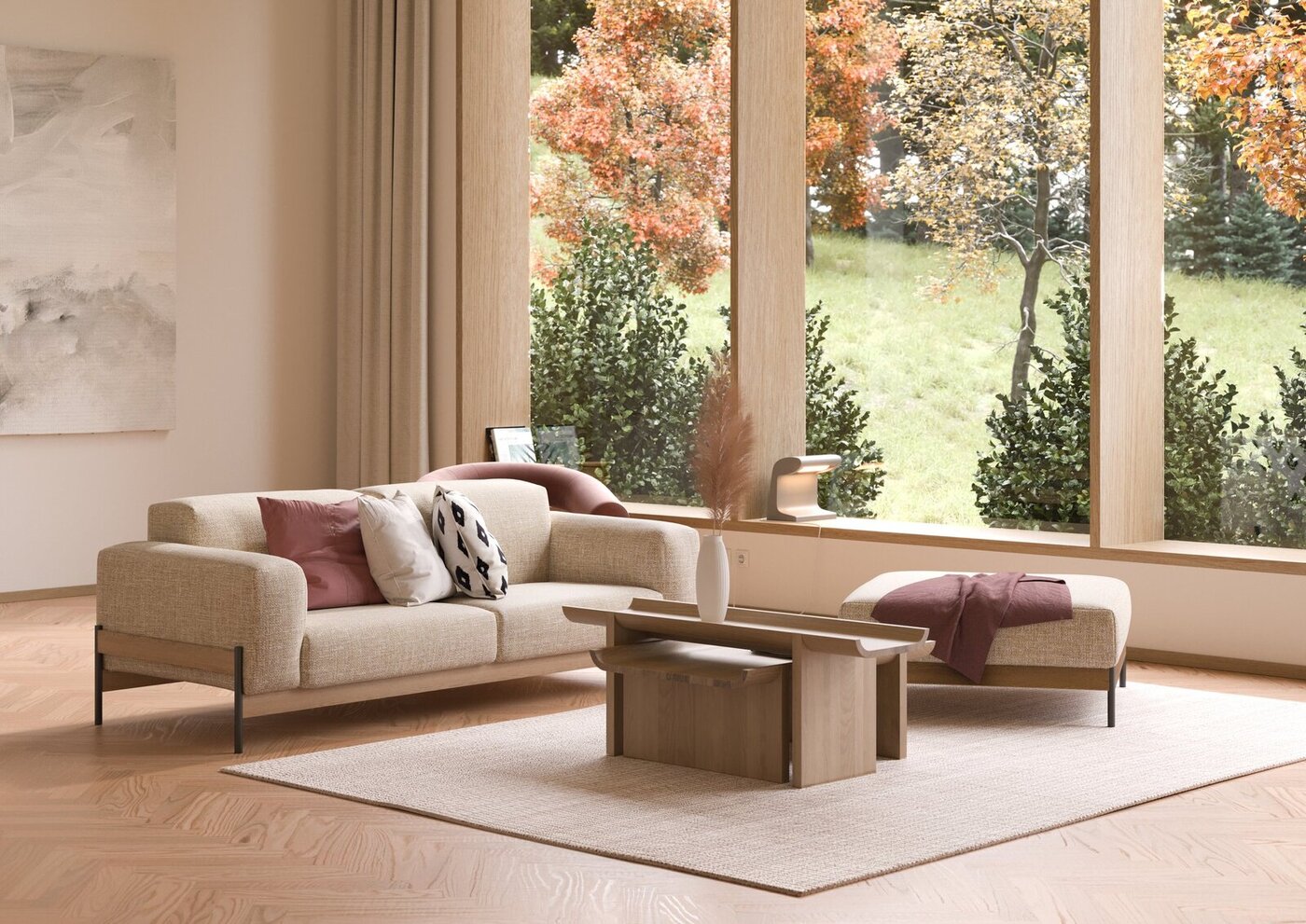
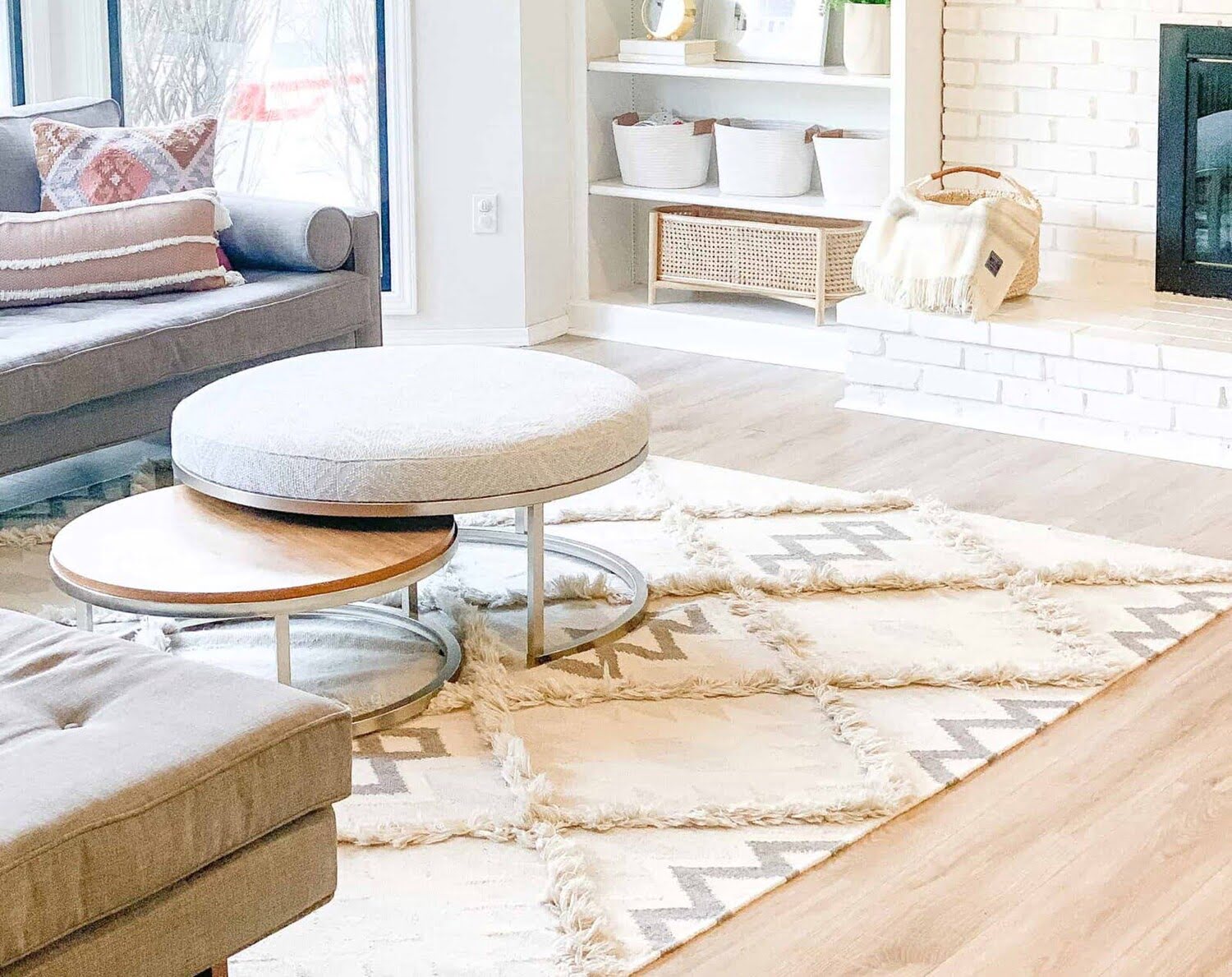
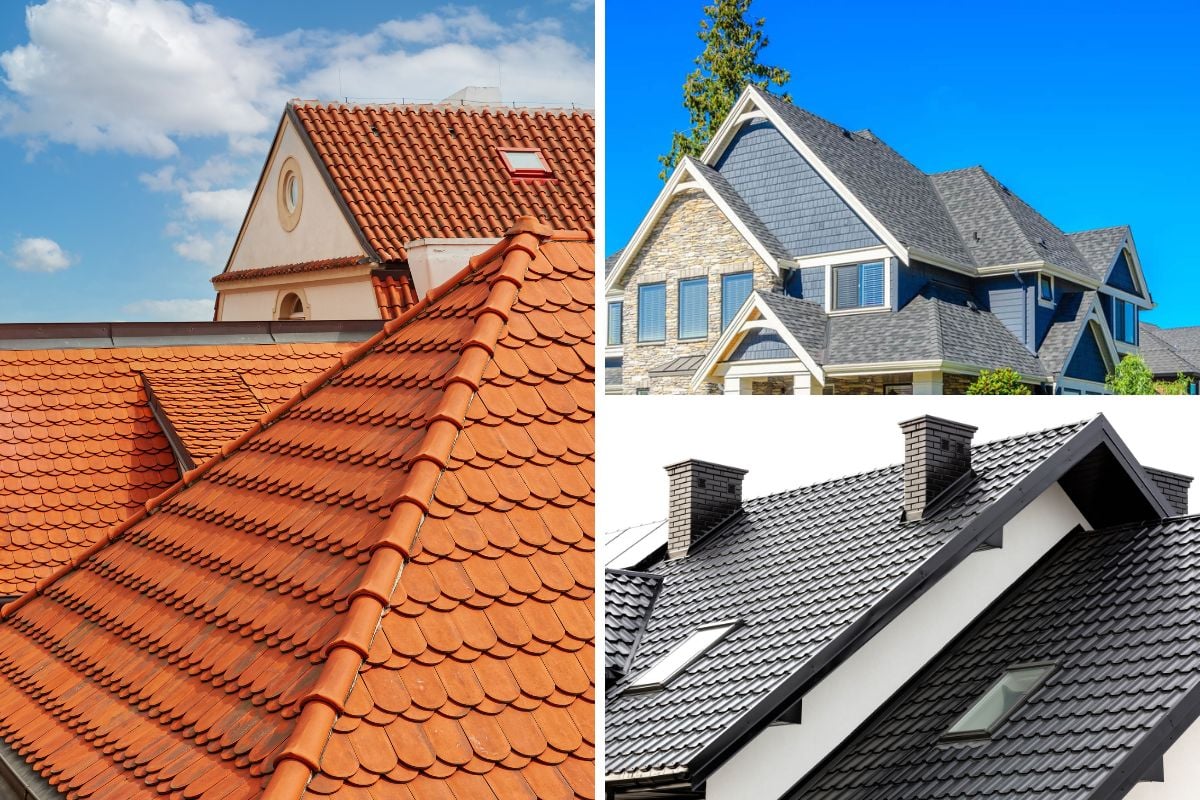

0 thoughts on “What Type Of Drainage Should You Always Consider When Applying Exterior Materials To A House?”